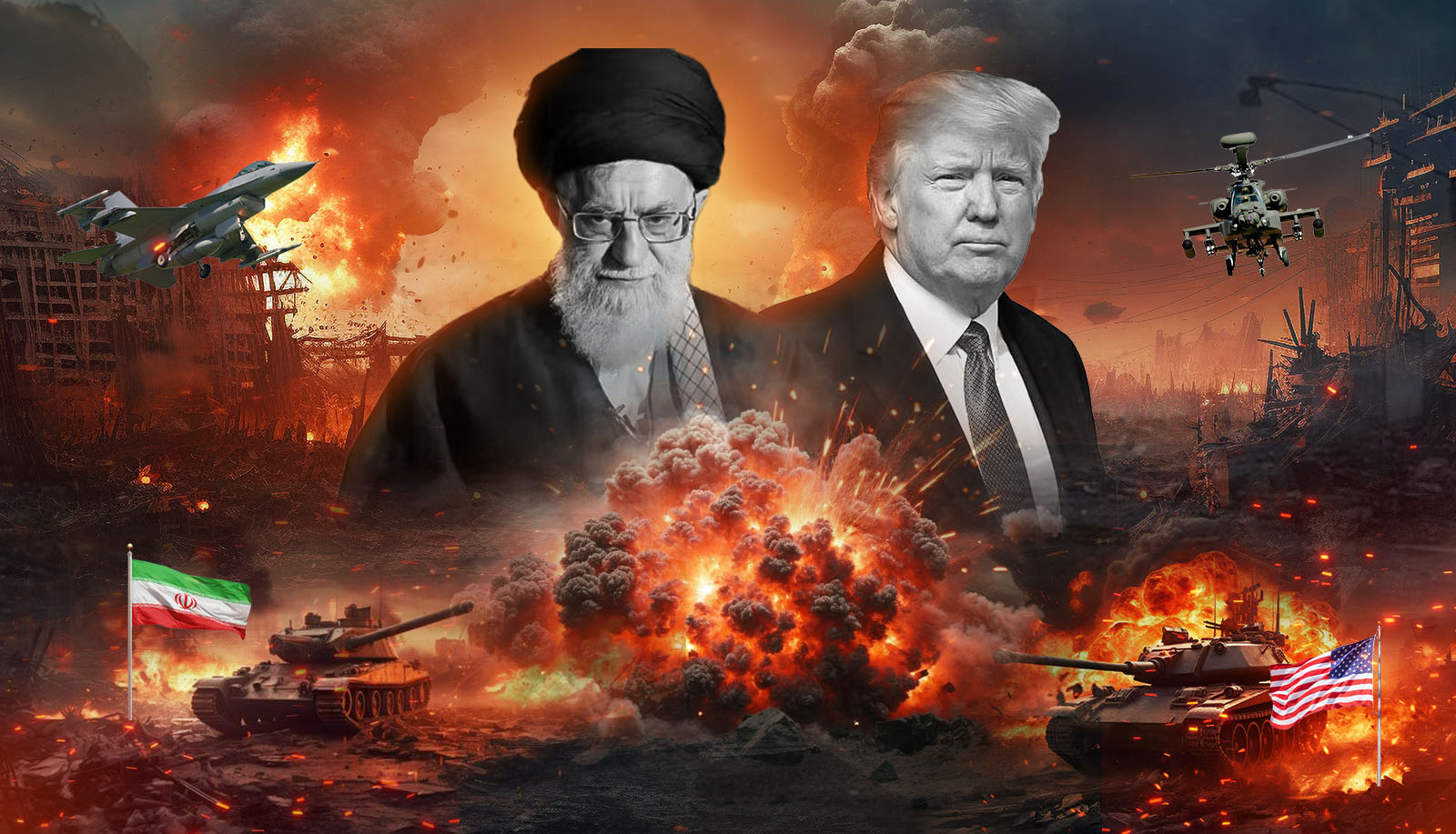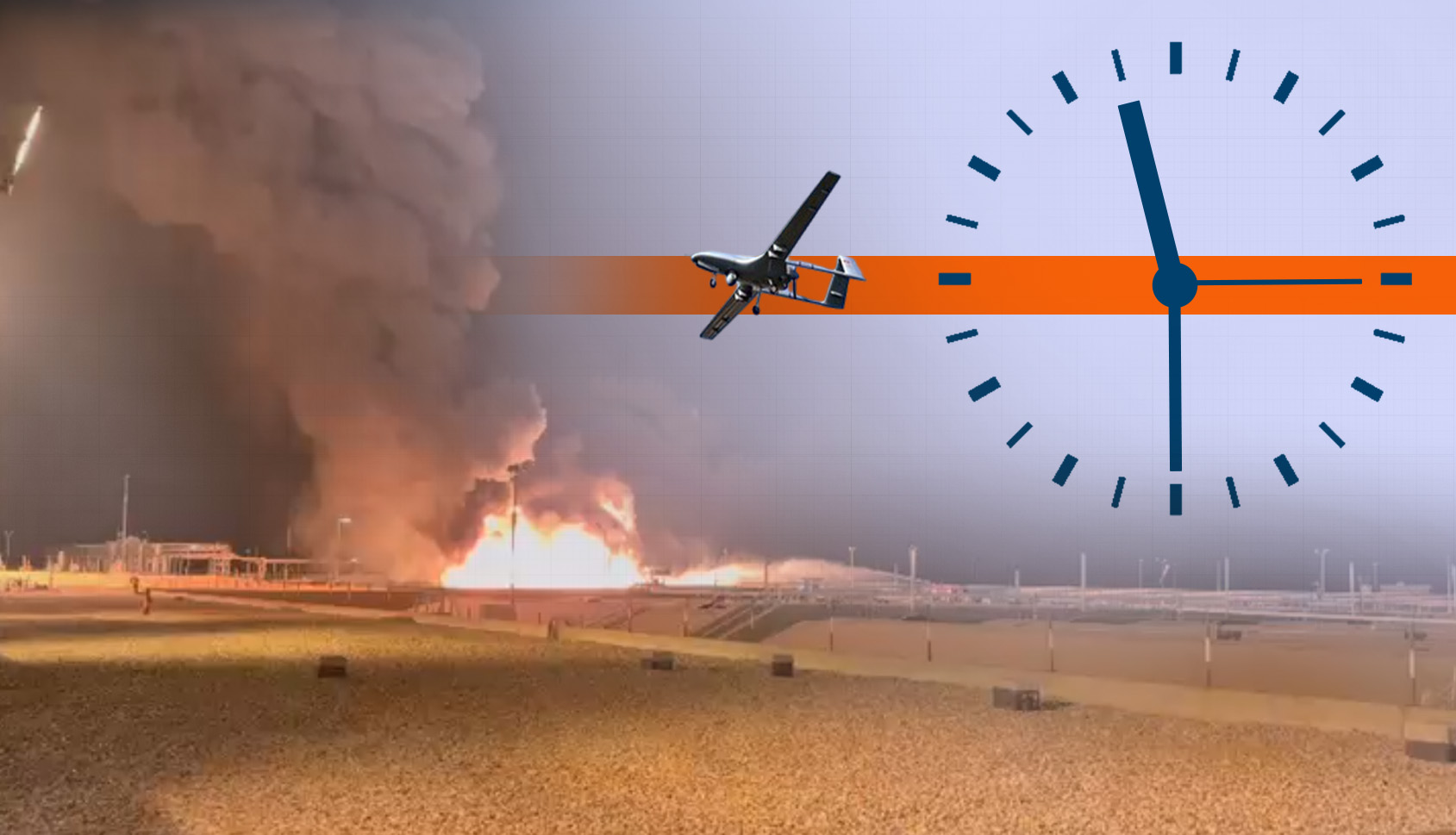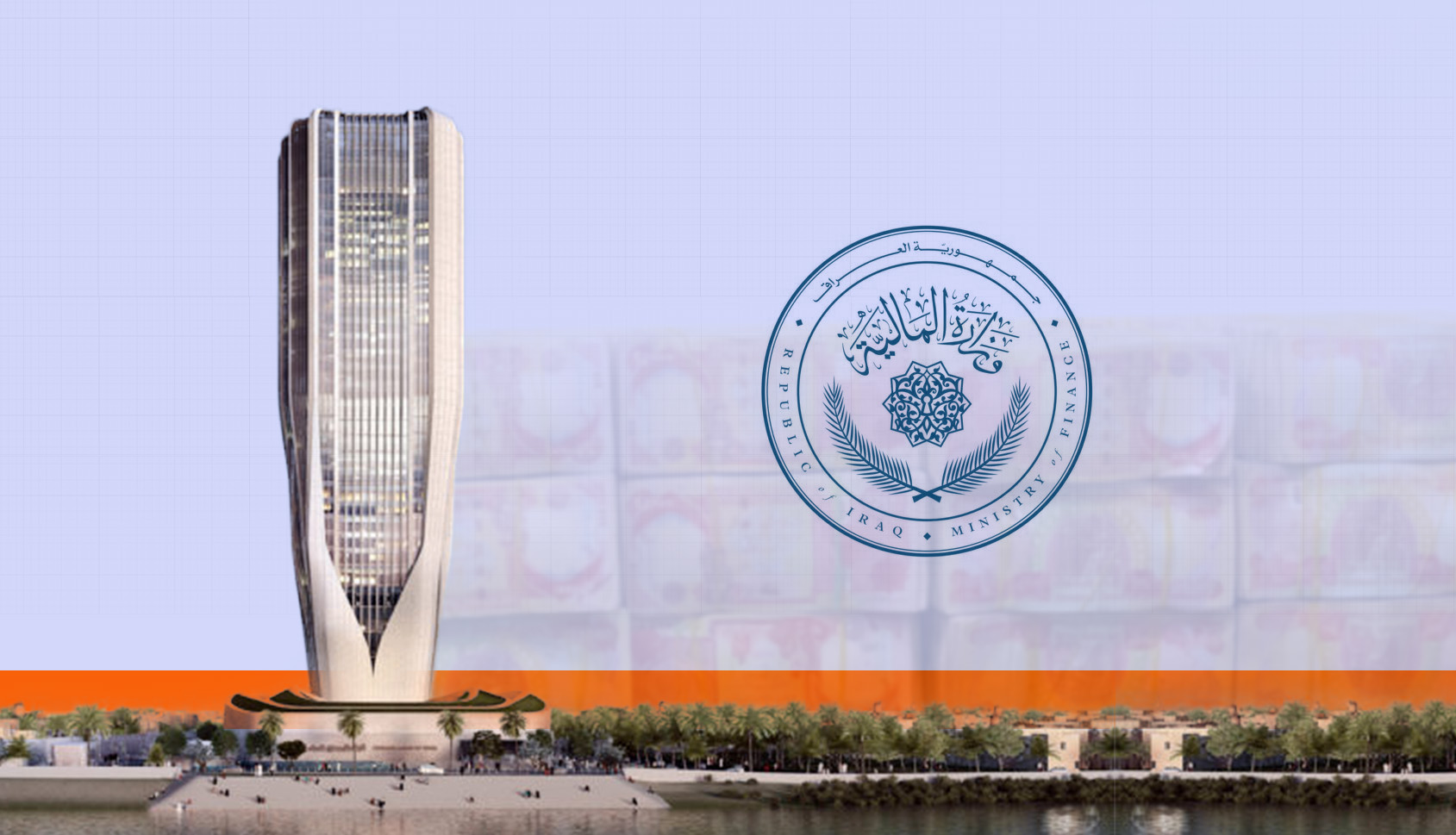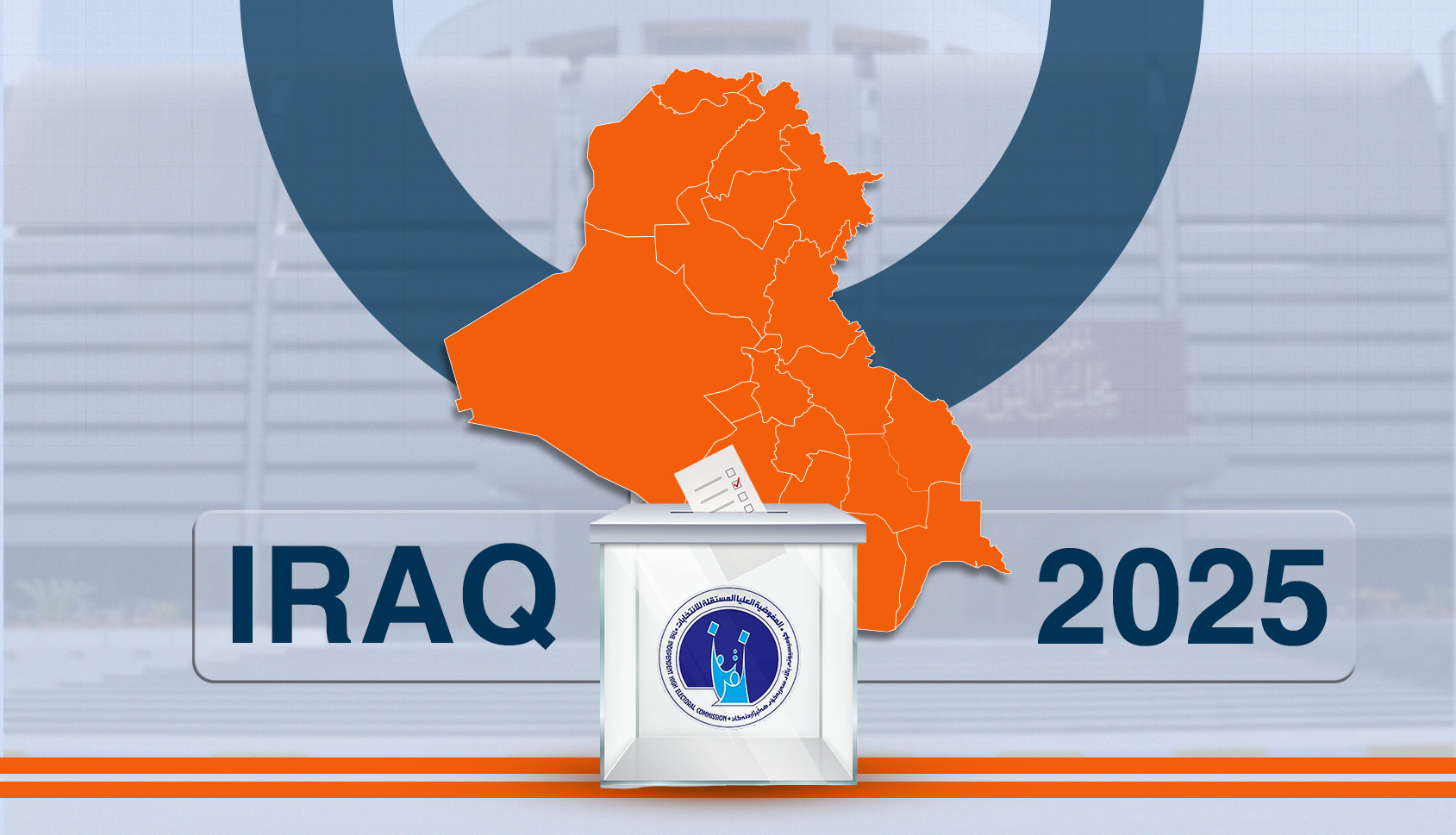Iran and the United States have moved from correspondence to open threats of war. While it can be said that both sides do not want war, at least for now, it must also be acknowledged that the possibility of war is greater than ever because this issue cannot be decided solely in Tehran or Washington. The future of the China-U.S. and Europe-Russia geopolitical rivalry, along with Israel's policy toward Iran, are among the factors that need to be considered in understanding the potential for either war or dialogue. Another important point is that, whether war or dialogue unfolds, a change is already at Iran's doorstep—one that has begun to develop gradually.
Iran-US Uncertainties
2024 was a difficult year for Iran, and if it faces an attack now, this year will be even more challenging. Iran’s current concerns may not be limited to a potential U.S.-Israeli strike on its nuclear and missile programs, but rather to the possibility that crippling economic sanctions could trigger a resurgence of domestic protests, which could ultimately determine its political future. For the United States, the issue of Iran has become a complex political and military knot that, if left unresolved, will create significant headaches on a broader geopolitical scale. Iran’s political and military cooperation with Russia and China has the potential to create obstacles for the United States, not only in the Middle East but also in other regions of the world. This issue is not only important for the United States but also for Europe, as demonstrated by the impact of Iranian drones in the war in Ukraine.
Gen. John Daniel Caine, whom Trump has nominated for chairman of the Joint Chiefs of Staff, has stated that he agrees with the president's stance that Iran should not acquire nuclear weapons. However, he also believes that a military solution alone may not be sufficient. Additionally, it may be true that, due to the existence of an extensive uranium enrichment program spread across multiple sites—such as Fordow and Natanz—at varying depths ranging from 7 to 90 meters underground, and the use of hexafluoride gas, which makes enrichment easier compared to other fuels, it would be difficult to halt the program with a single strike, although such an attack could delay it.
Another point is that Iran may pursue the development of nuclear weapons following a hypothetical attack, as some political and military officials are now talking about. While it is true that Iranian Supreme Leader Ali Khamenei has previously issued a fatwa against the development of nuclear weapons, it is important to note that in Shiite religious law, a fatwa can be revised and may not remain unchanged.
On the other hand, as the world slowly moves toward a war that "no one wants," Iran's position has become increasingly important to global powers. Extending the imposition of sanctions on Iran benefits China's economy, as it imports 15 percent of its oil from Iran at cheaper prices. This, coupled with the strong ties between Beijing and Tehran, enhances China's influence in one of the world’s key energy transit points and supply chains. From Greenland to the Strait of Hormuz and Bab el-Mandeb, China's visible and uncertain role in global supply chains, as well as the world’s crucial maritime and land routes, directly threatens U.S. hegemony. Due to its geostrategic location, military significance, and its ability to produce inexpensive weapons and deploy proxy groups in various regions, Iran holds great importance for the world's major powers in any potential conflict. In this context, the China-Iran-Russia triangle presents a direct challenge to the United States. Therefore, excluding Iran from the Russia-China circle or at least neutralizing its position is of immense geopolitical and geoeconomic importance to Washington, whether through war or diplomacy.
Let us not forget that during both World Wars I and II, one of the reasons for the occupation of Iran was its geostrategic importance to the major powers. In addition to this, the issue of Iran serves as a significant test for the U.S. "forced peace" discourse. When Trump took office, he claimed he would end the wars in Gaza and Ukraine, but neither has come to a close. Now, as he has given Tehran two months—one of which has already passed—if he fails to resolve the Iranian issue, his discourse on "peace through force" will amount to little.
Many countries around the world have expressed their positions on the possibility of a war between Iran and the United States, indicating that the world sees it as more than just a war of words. Iranian Supreme Leader Ali Khamenei has stated that he does not believe attacks from abroad will occur, but that Iran will respond strongly if they do. Militarily, this suggests that Iran has prepared for war, just as the United States is deploying aircraft and weapons to its military bases and allies in the Middle East. Alongside Iranian officials, the resistance front has intensified its rhetoric against the United States, and some Iraqi officials have warned that any potential conflict would draw them in and devastate the region. In fact, U.S. intelligence reports suggest that Iran still possesses the capability to threaten U.S. interests using both conventional and unconventional weapons. This means Iran could create significant problems for the United States with drones, missiles, and proxy groups, even though ultimately winning the war would be difficult.
The Shadow of a Possible War and the Internal Situation in Iran
The Iranian leader has warned of potential attempts to create a "fitna" (sedition) at home, to which the people will respond. This indicates the possibility of a resurgence in domestic protests, which could prove decisive for Tehran. In previous demonstrations, Iran was a dominant force regionally, and many countries around the world preferred not to interfere. Iranian officials seem to be increasingly concerned about this, as the number of countries that no longer support Iranian hegemony in the Middle East has likely grown since the events of October 7, 2023.
Talk of war is bad news for Iran's economy, as its currency continues to decline day by day. By 2024, Iran's economic growth rate is expected to fall to 3.7 percent, down from 5 percent the previous year. Inflation is over 40%, which has reduced people's purchasing power, and the unemployment rate remains around 8%. With Iran's population exceeding 90 million, this means there are 7.25 million unemployed individuals. One of Iran's biggest challenges now is the growing demand for energy for domestic consumption, which has increased by 6%. For instance, one of the government's options is to raise diesel prices, but it appears to have delayed this move due to concerns that it could lead to higher prices and domestic protests. Similarly, the government may have suspended or softened the implementation of the hijab law, which conservatives have been pushing for, for similar reasons.
Continued U.S. sanctions and pressure to reduce oil sales to Chinese companies could deepen Iran's economic crisis, but this is not the only obstacle the government faces. In parallel, there is rising tension between the government and the ultra-conservative wing of the political system, which could lead to further complications if it persists. The hardline conservatives, who hold a majority in parliament, withdrew their confidence from the Economy and Finance Minister Abdolnaser Hemmati in Masoud Pezeshkian’s cabinet. Additionally, Pezeshkian’s deputy, Mohammad Javad Zarif, resigned following the recommendation of the head of the judiciary. In fact, Zarif's resignation was not due to Iran's refusal to negotiate with the United States, as some commentators have suggested, especially considering that figures like Abbas Araghchi, who has personally negotiated in the past, currently hold the position of foreign minister. Therefore, this situation appears to be more about internal political rivalry than foreign policy matters. Given the economic and social challenges, along with the polarization of domestic politics, war may be the worst option for Iranian officials, as it could pave the way for greater political change within the country, much like the first Gulf War led to gradual change in Iraq.
What's Ahead
If an attack occurs, Iran will likely respond in a similar manner. In addition to using the missiles and drones it has recently showcased, Iran will encourage its supporting armed groups, such as those in Iraq, to take action. After the fall of Assad and the extensive American assault on the Houthis, the armed groups in Iraq remained largely inactive, partly due to pressure from Iraqi politicians but also because Iran did not want such movements. Amidst American sanctions, Iraq served as a crucial outlet for Tehran, providing some relief. However, this may no longer be the case, as the U.S. maximum pressure policy has now extended to Iraq. Baghdad can no longer purchase Iranian gas and electricity, and some officials have even criticized Iran for selling its oil under Iraq's name. Therefore, if war breaks out, it is highly likely that the pro-Tehran groups in Iraq will begin to take action because a potential attack could raise the question of Tehran's political survival, a matter that may be a red line.
Alongside the harsh statements from various parties, negotiation efforts are also ongoing, even if indirectly. However, even if negotiations do take place, they will not succeed unless there is a shift in Iran's foreign policy. It appears that for the United States, the issue is not solely Iran's nuclear program; on a broader geopolitical scale, Iran's regional influence and its role in the China-Russia-Iran triangle are the key concerns. Trump's America seeks a Middle East where Israel’s dominance is in its security architecture, Saudi Arabia plays a greater political role, and Turkey acts as a counterbalance to Iran. From the outset, the reason Trump withdrew from the 5+1 nuclear agreement was not just about nuclear issues. Therefore, assessing the possibility of war or dialogue in light of the changing geopolitical landscape of the world and the Middle East is a more accurate approach than limiting it to the nuclear program alone.






